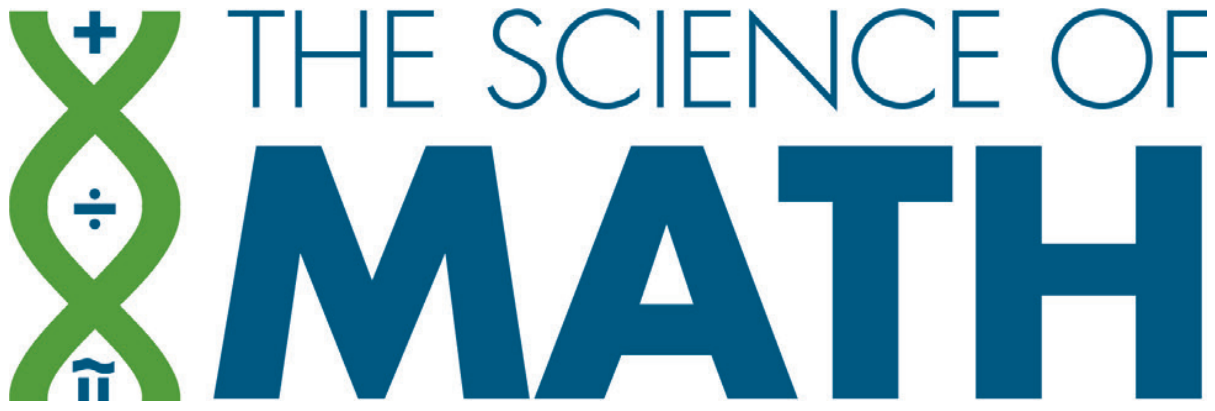
Common Misconceptions: Productive Struggle Causes More Robust Understanding and Learning
MISCONCEPTION
Many educators believe that struggling or grappling with challenging math tasks causes students to gain a deeper understanding than would be achieved if they learned the same skill without a struggle.
TRUTH
Productive struggle does not deepen understanding, grit, or creative problem solving. Productive struggle can lead to frustration and cause students to develop misconceptions.1,2 In addition, the "false starts" involved in struggling with challenging tasks without adequate support or guidance lead to lost instructional time and inefficiency.3

What is the problem with productive struggle?
Let’s start with what productive struggle typically involves. The teacher chooses a new understanding and instead of leading with highly supportive models of instruction (e.g., worked models of correct responding, immediate corrective feedback, and gradual release of support), the teacher presents the task to be learned with minimal guidance and students are encouraged to work on the task (this is the struggle) often in collaboration with classmates to “figure out” a solution (this is the productive part) and the theory imagines that the skill development that results from this experience will be more robust.
No evidence suggests giving students minimal guidance when learning new skills leads to better learning.⁴ In fact, fact, high-quality experimental research favors the use of systematic and explicit instruction for all learners when learning new skills. Importantly, the principles of systematic and explicit instruction are at odds with the theory of action of productive struggle.⁵,⁶ The data favoring systematic & explicit instruction are so robust that explicit instruction is a recommended practice for general math instruction, whereas productive struggle is not.⁷
In direct contrast with productive struggle, research evidence shows that students learning
new skills require clear demonstrations and guided practice with immediate feedback and the types of instructional tasks described here https://ies.ed.gov/ncee/wwc/Docs/PracticeGuide/WWC-PraxGuide-Elementary-Math-Summary-508c.pdf.⁸
New concepts are not learned by struggling. Children best learn when they are supported to respond with ease and accuracy as they are learning new skills and understanding, then advance to productive skill practice to make correct responding easier (i.e., build fluency), and then are given opportunities to generalize their learned skills.²
REFRAMING PRODUCTIVE STRUGGLE
Productive struggle could be used as a generalization opportunity and not be at odds with research evidence about how children learn. Using productive struggle as a generalization opportunity would involve providing effective explicit instruction for learning and building proficiency with new math skills first. After verifying students have acquired and can respond fluently to a learned skill, a productive struggle opportunity might be used as a generalization opportunity. Productive struggle should never be used as an acquisition strategy, despite popular advice to the contrary.
After verifying students have mastered skills, teachers can provide practice opportunities for productive struggle in which students work to generalize their learning to a novel, challenging problem or task (i.e., moving the “struggle” from the beginning to the end of the instructional sequence).
Citation: Advocates for the Science of Math (2021). Common misconceptions: Productive struggle causes more robust understanding and learning. Authors.
(1) Brown, A., & Campione, J. (1994). Guided discovery in a community of learners. In K. McGilly (Ed.), Classroom lessons: Integrating cognitive theory and classroom practice (pp. 229–270). Cambridge, MA: MIT Press.
(2) Powell, S. R., Hughes, E. M., Peltier, C. (2022). Myths that interfere with mathematics instruction. Centre for Independent Studies. https://www.cis.org.au/publication/myths-that-undermine-maths-teaching/
(3) Carlson, R. A., Lundy,D.H.,& Schneider,W. (1992). Strategy guidance and memory aiding in learning a problem-solving skill. Human Factors, 34, 129–145.
(4) Kirschner, P. A.; Sweller, J., & Clark, Richard, E. (2006). Why Minimal Guidance During Instruction Does Not Work: An Analysis of the Failure of Constructivist, Discovery, Problem-Based, Experiential, and Inquiry-Based Teaching. Educational Psychologist, 41, 75-86.
(5) Mayer, R. (2004). Should there be a three-strikes rule against pure discovery learning? The case for guided methods of instruction. American Psychologist, 59, 14–19.
(6) Steffe, L., & Gale, J. (Eds.). (1995). Constructivism in education. Hillsdale, NJ: Lawrence Erlbaum Associates, Inc.
(7) Fuchs, L.S., Newman-Gonchar, R., Schumacher, R., Dougherty, B., Bucka, N., Karp, K.S., Woodward, J., Clarke, B., Jordan, N. C., Gersten, R., Jayanthi, M., Keating, B., and Morgan, S. (2021). Assisting Students Struggling with Mathematics: Intervention in the Elementary Grades (WWC 2021006). Washington, DC: National Center for Education Evaluation and Regional Assistance (NCEE), Institute of Education Sciences, U.S. Department of Education. Retrieved from http://whatworks.ed.gov/.
(8) https://ies.ed.gov/ncee/wwc/Docs/PracticeGuide/WWC-PraxGuide-Elementary-Math-Summary-508c.pdf


